Micro-needling and PRP for Hair Restoration
For those suffering with receding hair loss and or alopecia, PRP injections and PRP micro-needling performed on the scalp have emerged as effective solutions to restore hair growth. PRP hair loss treatments have revolutionized the field of hair restoration in recent years. While hair transplants and medications were once the only solutions to treat hair loss, the use of PRP (platelet-rich plasma) has made it possible to stimulate natural hair growth using growth factors sourced from your own body. This cutting-edge treatment takes about 60 minutes to perform in the office. Treatments are performed every four weeks. A series of three treatments are recommended to stimulate hair regrowth in clients suffering from receding hair loss. The resulting hair growth appears denser and thicker within the areas treated.
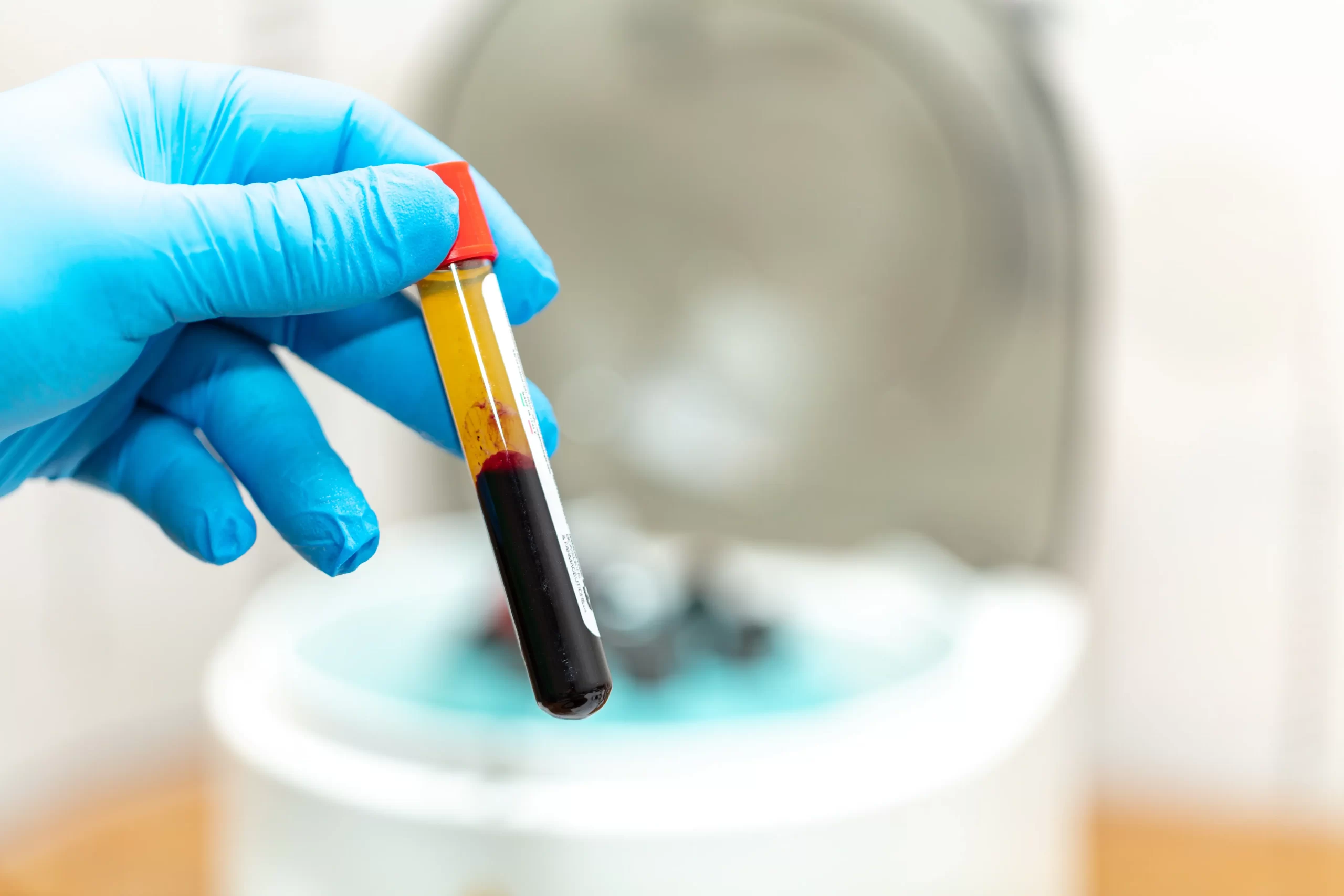
How it works
To fully grasp the benefits of Micro-needling and PRP for the hair and scalp, it is important to understand the science behind this innovative treatment. Micro-needling creates microscopic channels in the dermis. By creating controlled injuries beneath the skin surface, micro-needling stimulates the body’s natural healing response triggering it to form new layers of skin tissue packed with elastin and collagen fibers and new capillaries. This also stimulates the formation of stem cells which promotes hair regrowth. The resultant “injuries” are minuscule, nowhere near large enough to cause pain or scarring. These form microchannels which allow serums and growth factors to penetrate easily beneath the skin’s surface maximizing their clinical effectiveness. In most cases, the only physical change in the skin one should see after undergoing an in-office treatment is a little redness as this treatment encourages blood flow within the areas treated.
Many studies have demonstrated that platelets not only affect hemostasis, but they also affect the inflammatory system, angiogenesis, stem cell induction, and cell proliferation through the release of many different growth factors and cytokines.
Activated platelets in PRP aggregate and release numerous growth factors and cytokines from their α-granules, including insulin-like growth factor 1 (IGF-1), PDGF, epidermal growth factor, transforming growth factor β (TGF-β), FGFs, VEGF, and glial cell line-derived neurotrophic factor. These are present in PRP in higher concentrations and are believed to be the basis for the effectiveness of this preparation in treating hair loss by stimulating hair growth through cell proliferation, differentiation, and angiogenesis. GDNF stimulates cell proliferation and protects hair follicles from premature catagen transition. VEGF assumes a leading role as a potent hair growth stimulator via angiogenesis induction. IGF-1 stimulates the division of Ki67+ basal keratinocytes which induces and prolongs the anagen phase of the hair growth cycle, while VEGF has angiogenic properties. PDGF is critical for stimulating and maintaining the HF anagen phase in vivo and acts in addition to FGF-2 to promote cell proliferation and DP cell inductive capacity.
In addition, PRP induces the proliferation of dermal papilla (DP) cells by activating extracellular signal-related kinase (ERK), fibroblast growth factor 7 (FGF-7), beta-catenin, and Akt signaling (an anti-apoptotic signaling molecule). There is also an increase in expression of BCL-2 protein (an anti-apoptotic protein) in vitro human dermal papilla cells cultured with PRP. Thus, it has been clearly illustrated that PRP can increase the survival of hair follicle cells through anti-apoptotic effects and stimulate hair growth by extending the anagen phase of the hair cycle. This theory has been further supported by the results of microscopic examination which demonstrate an increase in number of follicular bulge cells, hair follicles, epidermal thickening, vascularization, and a higher number of Ki67+ basal keratinocytes in PRP-treated scalp tissue compared with placebo.
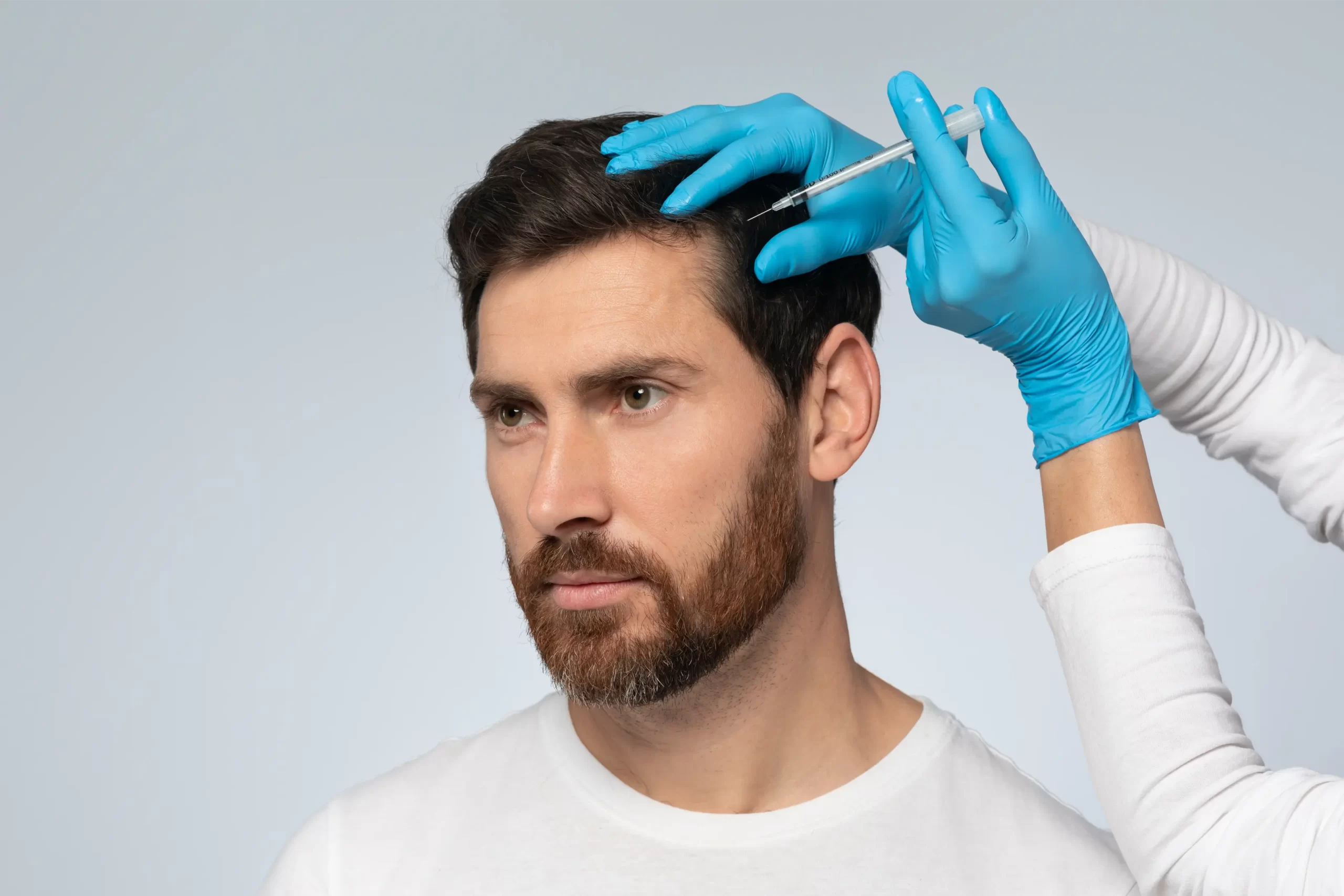
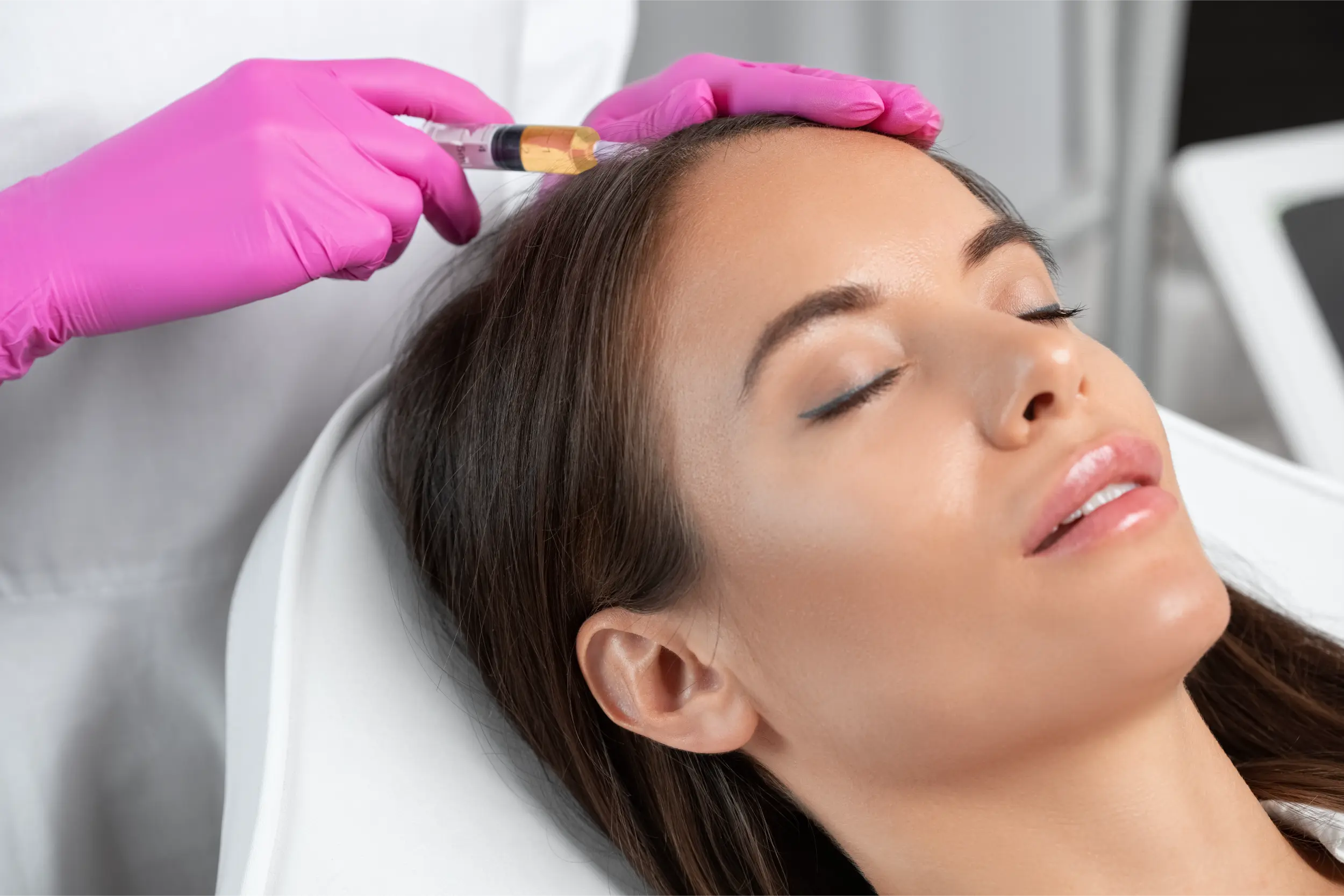
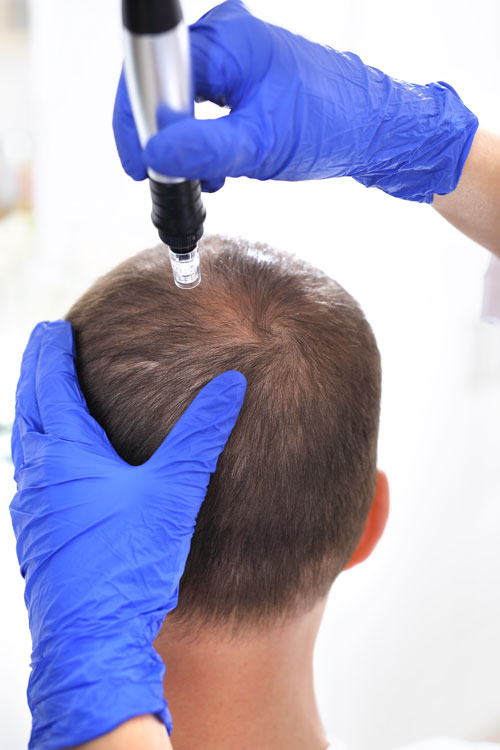
Benefits of Microneedling for Hair Restoration
The micro-trauma created by the Microneedling stimulates stem cells to grow which are helpful in growing new hair. Current studies demonstrate positive results when Microneedling is combined with oral or topical medications such as Rogaine or Minoxidil. Clients experience an increase in hair density, thickness, and the quality of hair regrowth.
faqs
Embarking upon a PRP hair restoration journey at Regenesis Medical Spa begins with a comprehensive consultation with Dr Hudson, ensuring this treatment aligns with your hair restoration goals. A thorough evaluation is performed to evaluate your hair loss and decide if PRP is the best clinical treatment option. Past hair loss treatments, current medication, and your medical history is reviewed.
To perform this procedure, two small vials of blood are drawn from the patient. That blood is then placed into a centrifuge to spin down into three layers: plasma rich in platelets, platelet-poor plasma, and red blood cells. The PRP will be used, and the rest will be discarded. The area of hair thinning or loss is immediately injected with platelet-rich plasma. Including preparation and treatment, the PRP hair restoration treatment usually requires an hour to perform. Patients describe the sensation as a slight pressure or warmth on the scalp. A topical numbing cream is applied to the scalp to lessen any pain experienced during the injections. Patients can anticipate resuming their regular activities shortly after treatment. At the injection sites, some clients may experience minor soreness or swelling which is normal. This usually resolved within a few days. To guarantee the most optimal results, it is crucial to adhere to the post-care directions provided by Dr Hudson.
A series of three PRP treatments are recommended performed every four to six weeks, with maintenance done every four to six months to ensure that the hair loss stays at a minimum.
Most clients experience an increase in hair growth and hair density following a series of PRP treatments. While case studies have proven patient satisfaction with PRP injections, it may not be beneficial for all people. For example, people with chronic diseases and thyroid imbalances may not see results over time. This is because PRP therapy does not treat the underlying issues. Hair will continue to fall out no matter what. In these cases, other treatments may be more effective, some not even being dermatological. In cases of thyroid disease, oral medications may resolve the issue instead.
PRP therapy is celebrated for its natural approach and numerous benefits. First is safety. Because PRP uses the patient’s own blood, there is minor risk for infection or allergic reaction. Treatments are highly effective. The effectiveness of PRP in boosting hair growth and thickness has been demonstrated by numerous clinical studies. PRP treatments involve minimal downtime. Because PRP is a non-surgical therapy, patients can resume their everyday activities with little to no downtime.
Many patients report notable improvement in hair density and thickness within a few months after beginning PRP treatments. However, individual results may vary. A course of three to four treatments spaced four to six weeks is recommended for optimal results, with maintenance treatments performed every six to twelve months after that.
It is important to realize there are risks for some negative side effects following PRP injections. While most of these are not serious, you should consult Dr Hudson if they persist or worsen. These include:
• Dizziness
• Nausea
• Scalp pain
• Irritation during the healing process
• Scar tissue at the injection site
• Injury to blood vessels
• Injury to nerves
Although PRP is a safe treatment with minimal side effects, there are some contraindications that need to be considered. Absolute contraindications for PRP include conditions such as critical thrombocytopenia, platelet dysfunction, hemodynamic instability, sepsis, and local infection (site PRP). Relative contraindications include NSAIDs use within 48 hours (about 2 days), glucocorticoid injection at treatment site within one-month, and systemic glucocorticoid therapy within 2 weeks. Recent illness or fever, cancer especially bone or hematolymphoid, anemia (hemoglobin less than 10 grams per deciliter), thrombocytopenia (platelets less than 150,000 per microliter) and tobacco use preclude this treatment.
Both men and women who suffer from androgenic alopecia or other forms of alopecia are candidates for this treatment. This is also referred as male/female pattern baldness. It is a hereditary condition that affects around 80 million people in the United States alone.
A sizeable age range group can be treated. Many successful clinical trials have been conducted with people ranging from 18 to 72 years of age. PRP treatments also benefit those suffering from hair loss due to high stress levels. Since this condition is not chronic, this type of hair loss is easily treatable. PRP treatments are highly effective for patients who have recently experienced hair loss. The more recent hair loss has occurred, the better your chances are of successfully treating it. This treatment is suitable for patients with thinning or balding hair, but who are not completely bald. PRP injections are meant to thicken, strengthen, and grow hair from follicles that are still functioning.
Clients can resume their normal activities following treatment. There is minimal downtime. It is recommended you wash your hair on your normal schedule unless the site of the injections is especially irritated or painful. You should avoid coloring your hair or getting a perm for at least 72 hours following injections. The harsh chemicals will irritate the site of the injections and cause complications and exacerbate scalp pain.
Every procedure has a recovery period. While yours will not prevent you from engaging in most normal activities, the side effects and pain in the scalp will abate usually after three to four weeks. It should be completely resolved after three to six months.
results
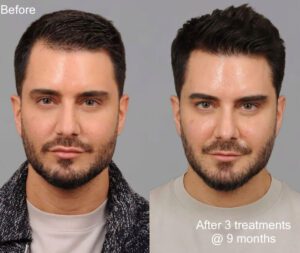
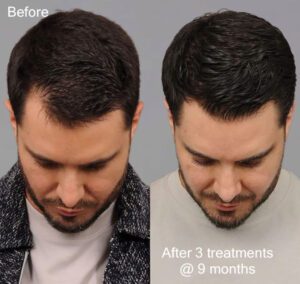
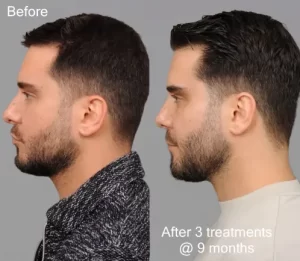
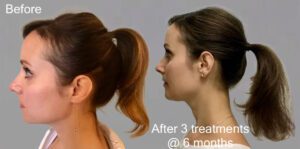
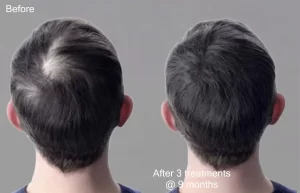
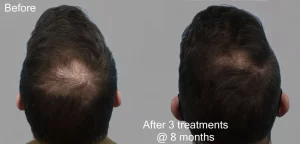
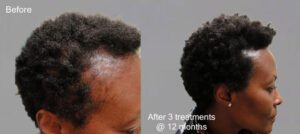
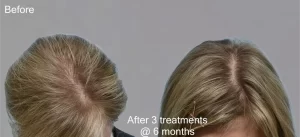
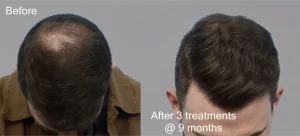
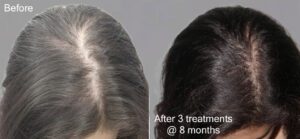
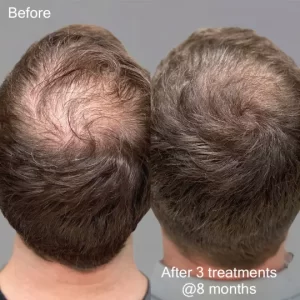
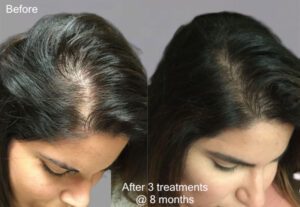
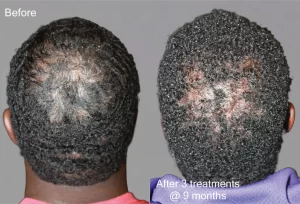
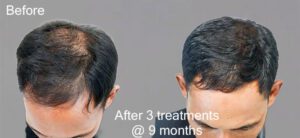
*Individual results may vary with different patient experiences.
*A series of treatments may be required for desired results.
